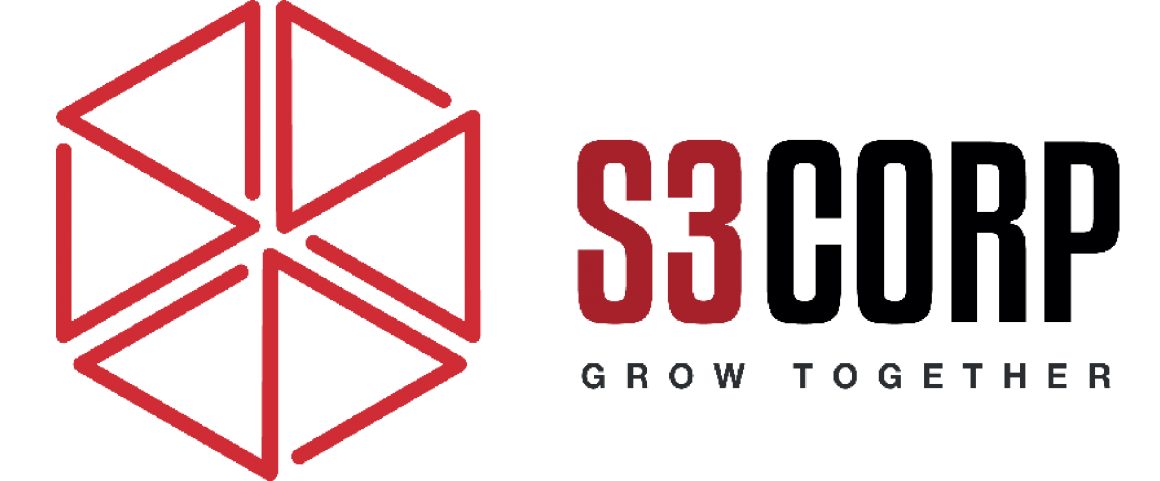Building an Outstanding System Requirements Specification (SRS) for Software Development Projects
— April 11, 2024Within the dynamic field of software development, a precisely developed System Requirements Specification (SRS) is the foundation for project success. The SRS serves as a thorough blueprint, precisely outlining the features, behaviors, and restrictions of the project under development. This important document promotes clear communication and understanding among all stakeholders, including developers, project managers, and clients. By precisely outlining expectations from the start, a strong SRS establishes the framework for a high-quality software solution that effortlessly matches with user demands.
The Critical Significance of an Effective SRS
Enhanced Clarity and Comprehension: A well-crafted SRS promotes common knowledge of the software’s capabilities and limits among stakeholders. This openness reduces the likelihood of misunderstandings and the danger of scope creep, ensuring that the project remains focused on its essential goals.
The SRS provides a solid foundation for design and development. It provides the development team with the required information to generate a precise design and methodically construct the program in accordance with the defined requirements.
The SRS serves as an effective communication tool, connecting stakeholders and the development team. It ensures that everyone is on the same page, working toward the same objective of providing a software solution that meets the interests of all parties involved.
Streamlined Quality Assurance: A thorough SRS serves as a standard for software testing. Quality assurance teams may ensure that the finished product meets the functions and performance standards by extensively testing it against the written requirements.
Simplified Maintenance: The SRS is a live document that evolves with the project. As the project moves forward, the SRS should be updated to reflect any changes or revisions. This revised document will be a great resource for future maintenance and updates, ensuring that software quality remains high.
A well-defined SRS promotes cost-effective development. By providing a clear and complete roadmap, the SRS reduces the likelihood of expensive rework and changes throughout the development process.
In essence, a comprehensive SRS is critical to the successful creation of high-quality software. It keeps the project on pace, satisfies user expectations, and offers a solution that addresses the demands of all stakeholders.
A Step-by-Step Guide to Writing a Compelling SRS
Creating a thorough and successful SRS requires answering the following critical questions:
1. Core Functionalities: What should the software application do? This first phase entails determining the software’s principal goal and basic functionality.
2. Behavioral Expectations: How should the program interact with the operating environment? Here, we look at hardware specs, user interface (UI) design, and how the software interacts with the rest of the system (if appropriate).
3. Benchmarks: What are the performance expectations? This section describes the allowable response times, processing rates, and how the program should handle any faults.
4. Constraints and Considerations: Are there any limits that need to be considered throughout design, development, and deployment? Understanding these limits from the start ensures that the final product is practical and complies with all applicable rules.
Now that we’ve identified the essential issues an SRS should answer, let’s go over the step-by-step process of creating a compelling document:
1. Introduction: This part outlines the software’s goal, target audience, and expected features (both good and negative). To guarantee easy understanding throughout the paper, any project-specific technical jargon must be defined. A short description of the document’s contents, as well as a reference list for any external resources, are also acceptable.
2. General Description: This part outlines the software’s features, including hardware and user interfaces. We describe how users will interact with the program, the functions they may expect to see, and how these functionalities will be displayed inside the application (menus, reports, etc.).
3. Specific software requirements: This section goes into the intricacies that allow developers to create, verify, and integrate software smoothly. We go into great detail on all user inputs, software outputs, and how the program interacts with external systems. This section should also include performance requirements to guarantee that the program satisfies the specified benchmarks. While it may be tempting to postpone documenting of parts that may change during development, it is critical to fully document the SRS and update it as required during the project’s lifespan.
4. References: Provide a complete list of other sites mentioned in the SRS document to facilitate access to more information.
Mitigating Common Pitfalls in SRS Development
A well-written SRS is essential for a successful software development project. However, numerous typical flaws might jeopardize the usefulness of this critical document.
Incomplete Terminology: Technical jargon might alienate stakeholders who are unfamiliar with the project domain. To guarantee clarity and understanding, clarify any technical words in a separate glossary or inside the SRS itself.
Confusing Content Structure: An SRS should be well-organized. Resist the impulse to make a catch-all for every detail. Clearly distinguish between program requirements and implementation specifics. The development team has the competence to transform requirements into a working product, while the SRS should concentrate on what the program needs to do.
Passive Voice Reliance: The SRS should show how the program interacts with people. Instead of writing “Reports are created upon pressing a button,” utilize active voice to say “The user presses the ‘write Report’ button, leading the program to write a report.”
Use ambiguous language: Misinterpretations during development may occur when language is unclear or imprecise. Ensure that all criteria are precisely specified, with no space for various interpretations. Avoid detailing features of a capability or situation that are yet unclear.
Outdated Content: The SRS should develop with the project. As needs change or new information becomes available, carefully update the SRS to reflect these changes. Share these updates with all stakeholders to preserve openness and ensure everyone is on the same page.
By diligently adhering to these criteria and avoiding frequent mistakes, you may create a strong and effective SRS that supports a successful software development journey.
Additional Tips for Crafting an Exceptional SRS
Consider using diagrams or flowcharts to visualize complicated capabilities or system interactions. These graphic tools may improve clarity and comprehension for all stakeholders (see Mermaid syntax for possible flowchart features).
Encourage collaboration: The SRS should not be a solo effort. Involve important stakeholders throughout the whole creative process. This collaborative approach promotes a common understanding of the project’s aims and guarantees that the final SRS meets everyone’s expectations.
Prioritize user needs. Never lose sight of your software’s end consumers. The SRS should emphasize functions that bring value and alleviate user pain points.
Maintain flexibility. While having a full SRS is important, keep in mind that requirements may change during the development process. Maintain an adaptive approach, ready to tweak the SRS as required while remaining true to essential features.
By following these best practices, you can create an amazing SRS document that acts as the foundation for a successful software development project. A well-defined SRS promotes clear communication, eliminates development risks, and, eventually, results in the production of high-quality software that fulfills the requirements of all stakeholders.






